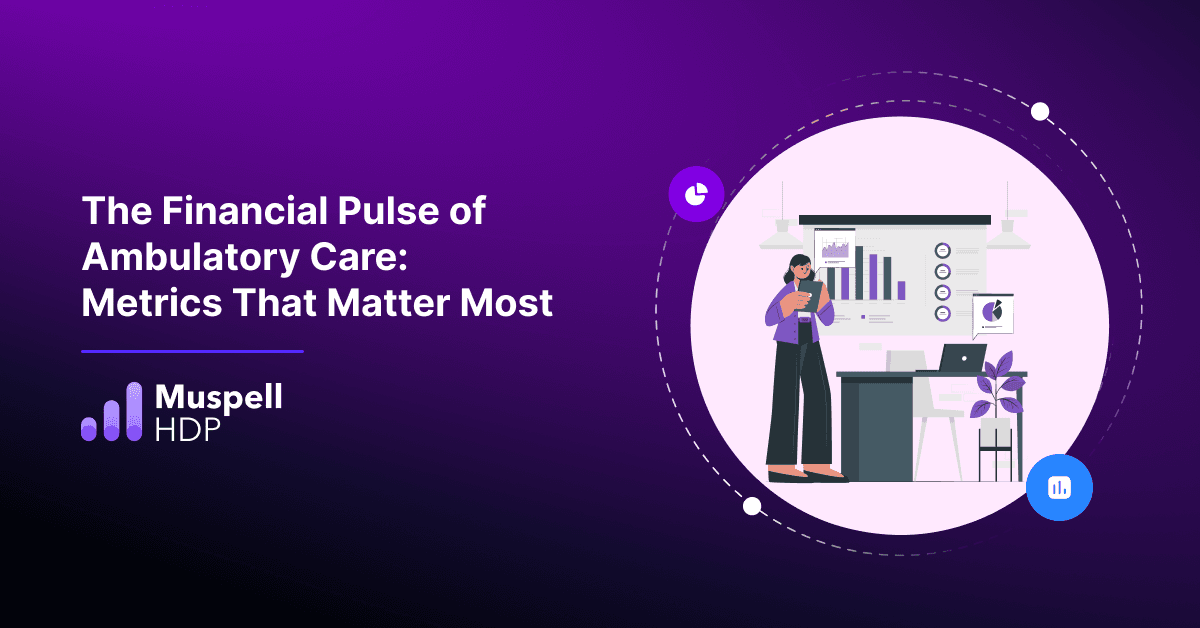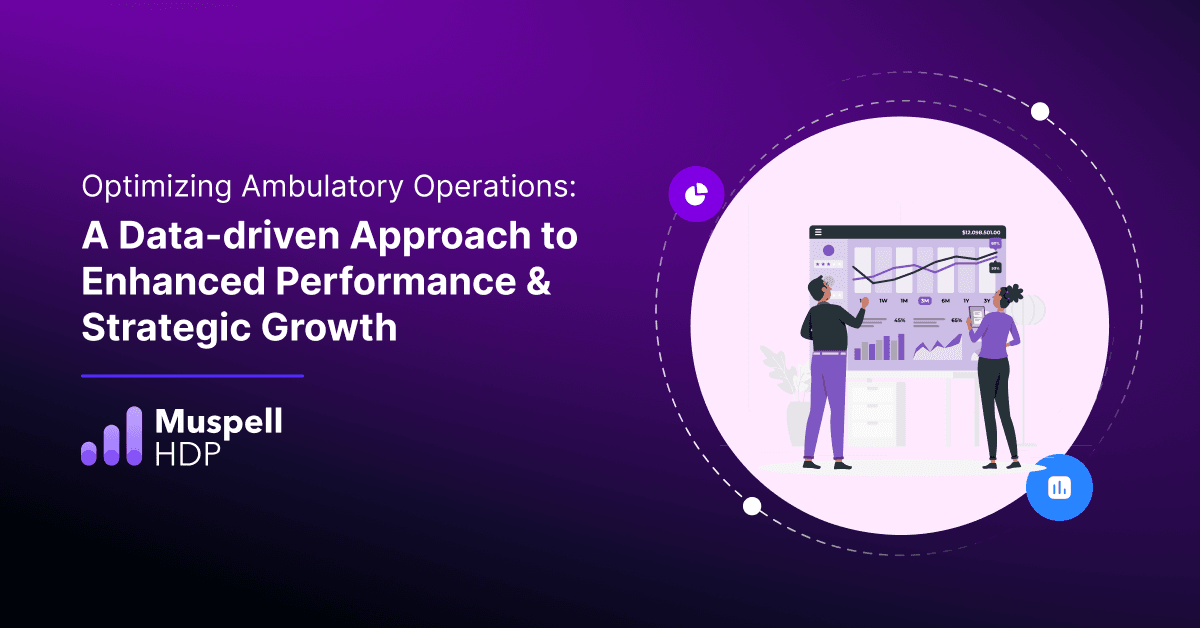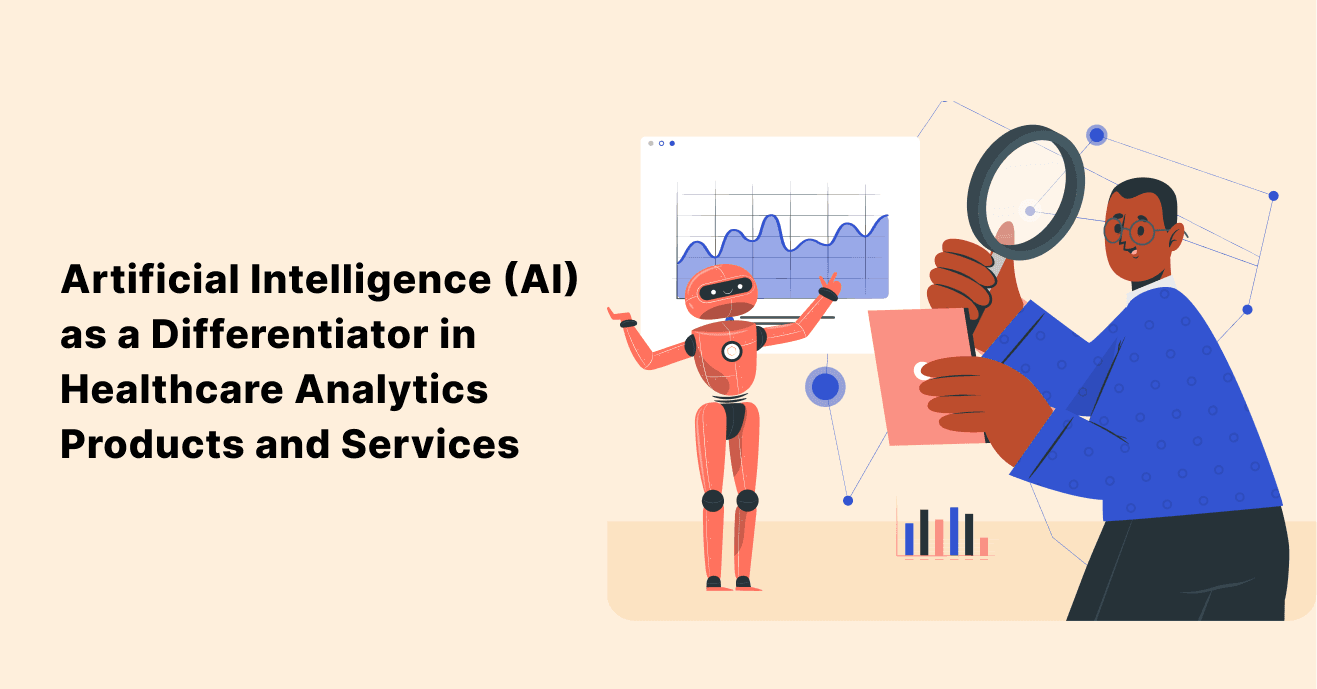
The Financial Pulse of Ambulatory Care: Metrics That Matter Most
Ambulatory care sits at the intersection of clinical excellence and financial sustainability—and increasingly, …

The healthcare sector is under constant obligation to meet regulatory requirements and demonstrate fiscal responsibility. Regulatory reporting is complex and often involves data curation from multiple disparate sources. It is pivotal for ensuring quality, compliance and adherence to data submission standards mandated by CMS and other regulatory authorities.
Advanced analytics platforms are revolutionizing this landscape by offering robust out of box solutions that streamline and automate reporting processes. These platforms enable healthcare organizations to efficiently manage compliance obligations, healthcare initiatives and qualifying tax incentives.
In this blog, we will examine how advanced analytics are reshaping compliance reporting, making it easier for healthcare organizations to meet regulatory demands and maximize their tax credit potential.
Explore:
1. The Critical Role of Compliance Reporting for Tax Credits
2. Challenges in Traditional Reporting Methods
3. How Health Data Platforms Simplify Compliance Reporting
Compliance reporting for tax credits plays a crucial role in ensuring that healthcare organizations can maximize their financial benefits while adhering to regulatory requirements. Tax credits are significant incentives that can substantially reduce the tax burden on healthcare organizations, enabling them to allocate more resources towards patient care and operational improvements.
Here's how tax credits benefit healthcare organizations and why compliance reporting is essential:
1. Financial relief assisting operational efficiency
Tax credits provide direct financial relief to healthcare organizations by reducing the amount of taxes they owe. This relief can be substantial, especially for large organizations with significant operational expenses. The savings from tax credits can be redirected into enhancing healthcare services, investing in new medical technologies, and improving facilities. For instance, credits for energy-efficient buildings or investments in research and development can lead to cost savings that benefit the organization's bottom line.
2. Promoting innovation and improvement
Many tax credits are designed to promote innovation and improvement within the healthcare sector. For example, research and development (R&D) tax credits encourage healthcare organizations to invest in the development of new treatments and medical technologies. By taking advantage of these credits, organizations can reduce the financial risks associated with innovative projects, fostering advancements in patient care and medical research.
3. Investing in workforce development
Certain tax credits are aimed at supporting workforce development within healthcare organizations. These credits can be used to fund training programs, hire new staff, or provide continuing education opportunities for existing employees. By leveraging these credits, healthcare organizations can build a more skilled and capable workforce, ultimately enhancing the quality of care provided to patients.
4. Ensuring compliance and avoiding penalties
While tax credits offer numerous benefits, they come with strict compliance requirements. Healthcare organizations must meticulously document their eligibility and usage of tax credits to ensure they meet all regulatory standards. Compliance reporting involves detailed record-keeping, accurate filing of tax returns, and, often, third-party audits. Failure to comply with these requirements can result in penalties, fines, and the potential loss of tax credits.
Traditional reporting methods, while foundational, often fall short of addressing the dynamic and complex regulatory environment that healthcare providers must navigate. Here are some key challenges associated with traditional reporting methods:
1. Manual processes and human error
Traditional reporting methods rely heavily on manual processes, which are time-consuming and prone to human error. Data entry, report generation, and compliance checks often require significant manpower, leading to potential inaccuracies and inconsistencies in the data. Even minor errors can result in substantial compliance risks and financial penalties for healthcare organizations.
2. Data silos and fragmentation
Healthcare organizations typically operate with multiple departments and systems, each generating its own set of data. Traditional reporting methods often struggle to integrate these disparate data sources, resulting in data silos. Fragmented data hinders comprehensive analysis and prevents organizations from gaining a holistic view of their compliance status, making it difficult to identify and address potential issues promptly.
3. Limited real-time insights
Traditional reporting methods usually rely on periodic data collection and analysis, which means that compliance information is often outdated by the time it is reviewed. This lack of real-time insights limits an organization's ability to respond swiftly to emerging compliance issues or changes in regulatory requirements, increasing the risk of non-compliance.
4. Scalability issues
As healthcare organizations grow and the regulatory landscape becomes more complex, the scalability of traditional reporting methods becomes a significant concern. Manual processes and static reporting tools cannot easily scale to handle increased data volume and complexity. This limits the ability of healthcare organizations to efficiently manage compliance across multiple locations or expanding services.
5. Inefficient resource utilization
The manual nature of traditional reporting methods requires substantial investment in human resources dedicated to compliance tasks. This can divert valuable staff time and resources away from direct patient care and other critical operational areas. Additionally, the reliance on paper-based or basic electronic systems can result in inefficiencies and higher operational costs.
6. Difficulty in meeting evolving regulatory standards
Regulatory standards and compliance requirements in the healthcare sector are continually evolving. Traditional reporting methods often lack the flexibility to adapt quickly to these changes. Updating manual processes and systems to comply with new regulations can be a cumbersome and slow process, increasing the risk of falling behind in compliance obligations.
Health data platforms significantly simplify compliance reporting by leveraging modern technologies and streamlined processes. These platforms integrate and manage data efficiently, ensuring reporting is accurate, timely, and less burdensome.
Some of the ways health data platforms help in compliance reporting are given below:
1. Data Aggregation and Integration from Multiple Sources
Health data platforms excel in aggregating and integrating data from various sources within a healthcare organization. This includes Electronic Health Records (EHRs), billing systems, laboratory information systems, and other clinical and administrative data repositories. By centralizing data collection, these platforms eliminate the silos that often complicate traditional reporting methods. The integrated approach ensures that all relevant information is accessible in one place, providing a comprehensive view of compliance-related activities and facilitating accurate reporting. This seamless integration not only enhances data accuracy but also improves the efficiency of the compliance reporting process.
2. Automated Report Generation and Scheduling
One of the most significant advantages of health data platforms is their ability to automate report generation and scheduling. Instead of relying on manual data extraction and report creation, these platforms can automatically generate compliance reports based on predefined criteria and schedules. This automation ensures that reports are consistently produced on time, reducing the risk of missed deadlines and non-compliance. Furthermore, automated report generation minimizes human error, ensuring that the data presented is accurate and reliable. Scheduled reporting also allows healthcare organizations to maintain a regular reporting cadence, which is crucial for continuous compliance monitoring and audit readiness.
3. Customizable Dashboards for Real-time Monitoring
Health data platforms provide customizable dashboards that offer real-time monitoring of compliance metrics and Key Performance Indicators (KPIs). These dashboards can be tailored to meet the specific needs of different users within the organization, from compliance officers to executive management. Real-time visibility into compliance status allows for proactive management, enabling organizations to identify and address potential issues before they escalate. The interactive nature of these dashboards facilitates quick access to critical data, trend analysis, and drill-down capabilities, empowering healthcare providers to make informed decisions and maintain continuous oversight of their compliance efforts.
By leveraging a robust Health Data Platform (HDP), hospitals can streamline the process of data collection, integration, and reporting. This ensures timely and accurate submissions to federal authorities, helping hospitals secure tax credits and demonstrate the effective use of funds. The platform’s advanced analytics and reporting capabilities not only aid in compliance but also enhance the overall efficiency and quality of healthcare delivery.
Join over 3,200 subscribers and keep up-to-date with the latest innovations & best practices in Healthcare IT.

Ambulatory care sits at the intersection of clinical excellence and financial sustainability—and increasingly, …

The landscape of healthcare is undergoing a significant transformation, with ambulatory care emerging as a …

Artificial Intelligence (AI) is rapidly transforming the modern healthcare landscape, playing a crucial role …